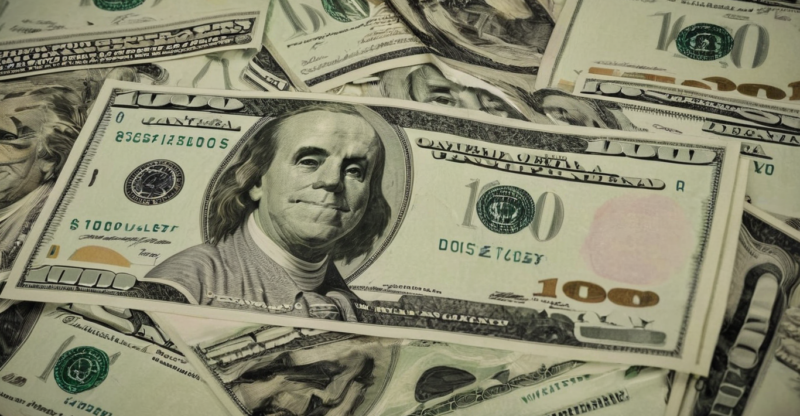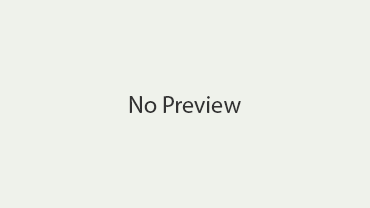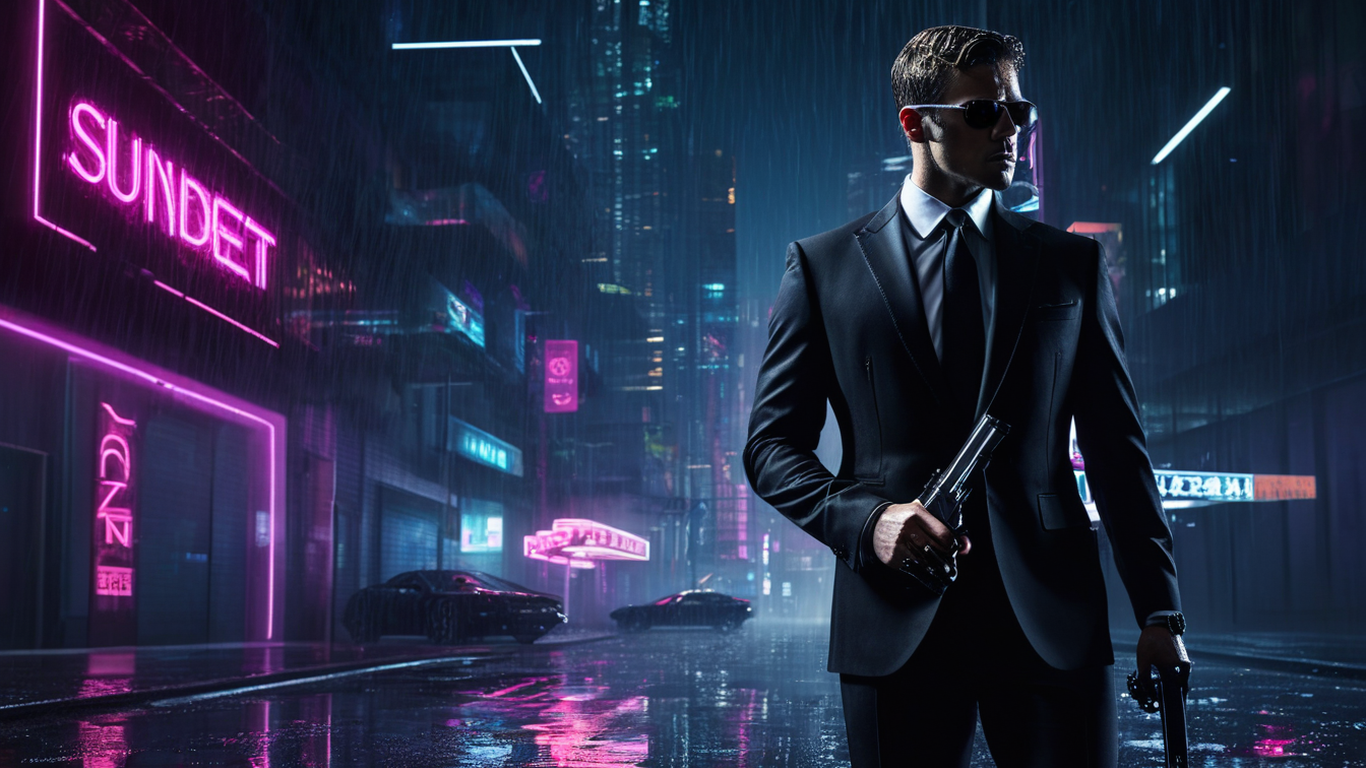“What if I invest in survival gear, and it turns out I never need it? It feels like such a gamble.”
Ah, the eternal dilemma of preparedness. It’s a thought that lingers, isn’t it? Like a tiny pebble in your shoe—barely noticeable some days, but impossible to ignore once you’re standing at the checkout page of your favorite gear site. You’re torn between two versions of yourself: the savvy, forward-thinking planner and the practical realist who doesn’t want to throw cash at a hypothetical apocalypse. Let’s talk about it, because that little voice in your head deserves more than a quick shrug or a hasty “better safe than sorry.”
Why Does It Feel Like a Gamble?
It’s simple, really. Survival gear doesn’t come with a guarantee. There’s no cheerful customer service agent promising, “Oh yes, you’ll absolutely use this solar-powered water purifier within the next 18 months.” That uncertainty triggers something primal in us. Humans like to feel in control, and investing in something you may never use feels a little like tossing money into the wind and hoping it lands somewhere useful.
But here’s the kicker: almost everything we invest in comes with uncertainty. Your gym membership? You might end up binge-watching TV instead. That insurance policy? You’d prefer not to use it. Heck, even that shiny kitchen gadget could gather dust if you lose interest in meal-prepping. The difference with survival gear is that the stakes feel higher. It’s not about convenience or aesthetics—it’s about safety, even survival.
The Cost of Being Unprepared
Imagine this: a storm barrels through your town, knocking out power for days. Grocery shelves are bare, water supplies are limited, and cell towers are down. In moments like these, survival gear isn’t just a “nice-to-have”—it’s the difference between calm and chaos. Suddenly, that portable generator and emergency food supply don’t feel like wasted money. They feel like lifelines.
Think of survival gear as a form of peace of mind. Sure, you might never need to use your emergency bivvy sack or those freeze-dried meals. But if the moment comes and you do need them, you’ll be profoundly grateful you planned ahead. And let’s face it, peace of mind is priceless. You can’t put a dollar value on the ability to sleep soundly, knowing you’re prepared for whatever life throws your way.
Reframing the “What If I Don’t Need It?” Question
Here’s a thought experiment: flip the script. Instead of asking, “What if I never need it?” ask yourself, “What if I do?” It’s easy to focus on the potential for wasted resources, but what about the alternative? The “what if” scenarios we try to avoid thinking about—natural disasters, unexpected emergencies, even global disruptions—are precisely why survival gear exists.
It’s not about fearmongering or expecting the worst. It’s about being realistic. Just like you keep a spare tire in your trunk or a first aid kit in your bathroom, having survival gear is a way of saying, “I’ve got my back, no matter what.” It’s an act of self-reliance, not paranoia.
Survival Gear as an Investment in Adaptability
Here’s the thing about survival gear—it’s not just for apocalyptic scenarios. Many items have everyday uses that make them far more versatile than you might think. That multi-tool? Perfect for small repairs or camping trips. The portable water filter? Handy for hiking or international travel. Emergency blankets? Great for outdoor adventures or even keeping in the car during winter.
Investing in survival gear is less about preparing for one specific event and more about equipping yourself to adapt to a range of situations. It’s a mindset shift: instead of seeing your gear as something collecting dust “just in case,” view it as a toolkit for navigating life’s curveballs.
How to Start Small (and Smart)
You don’t have to drop a small fortune on a doomsday stockpile to feel prepared. Start with the essentials—items that address your most basic needs: water, food, shelter, and first aid. A simple emergency kit with a water filter, non-perishable snacks, a flashlight, and a first aid kit is a great place to begin.
Think about your personal situation, too. Do you live in an area prone to hurricanes or earthquakes? Tailor your kit to your region’s specific risks. It’s not about buying the fanciest gear; it’s about building a collection of tools that make sense for your life.
The Hidden Benefits of Preparedness
Here’s something unexpected: investing in survival gear can actually reduce anxiety. When you know you’re prepared, you worry less about the “what ifs.” You stop spiraling into worst-case scenarios because you’ve already done something proactive to address them. It’s like wearing a seatbelt—you hope you’ll never need it, but you feel better knowing it’s there.
There’s also a sense of empowerment that comes with being prepared. You’re not just reacting to life; you’re anticipating it. You’re saying, “I trust myself to handle whatever comes my way.” That confidence can ripple into other areas of your life, too—making you feel more capable, resourceful, and resilient.
Stories That Stick: Real-Life Moments of Gratitude
Still not convinced? Let’s borrow from real life. There’s the family who rode out a weeklong power outage with the help of their emergency solar lanterns and a stash of freeze-dried meals. Or the solo traveler who avoided dehydration in a remote area thanks to a portable water filter. These aren’t hypothetical situations—they’re real moments where preparation made all the difference.
And here’s the thing: you don’t have to live through a natural disaster or global crisis to appreciate your gear. Even small, everyday uses—like patching up a scraped knee with your first aid kit or using your power bank during a camping trip—can reinforce the value of being prepared.
A Mindset, Not Just a Purchase
Ultimately, survival gear is more than just stuff. It’s a mindset. It’s about embracing the idea that being ready for the unexpected isn’t a gamble—it’s a gift you give to yourself and your loved ones. It’s a way of saying, “I value my safety and peace of mind enough to plan ahead.”
If you never need to use your gear, great! That means life went smoothly. But if the day comes when you do need it, you’ll thank your past self for making the investment.
So, the next time that little voice in your head whispers, “What if I never need it?” respond with this: “What if I do?” Because at the end of the day, preparedness isn’t about predicting the future—it’s about trusting yourself to face it, no matter what.










